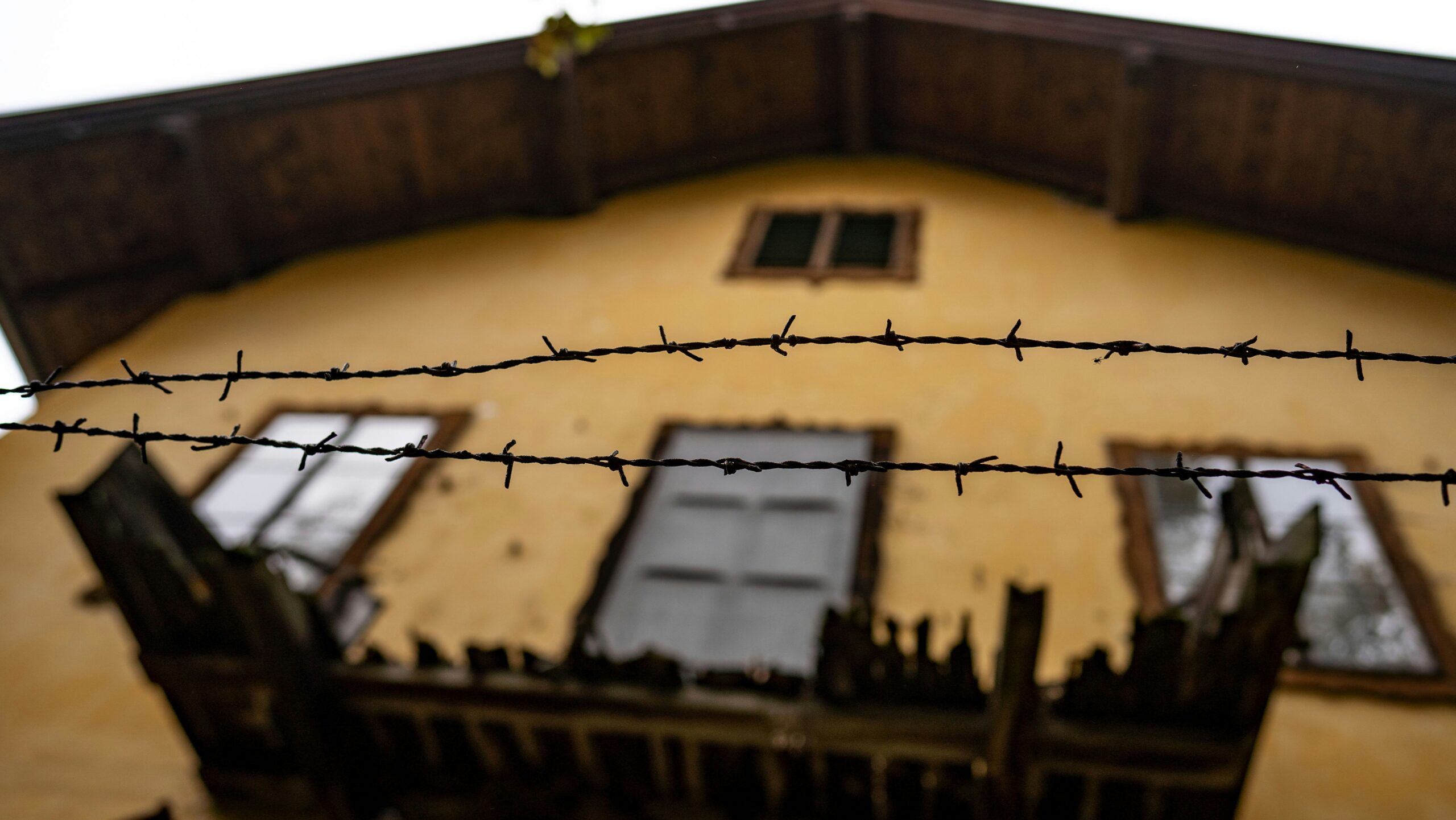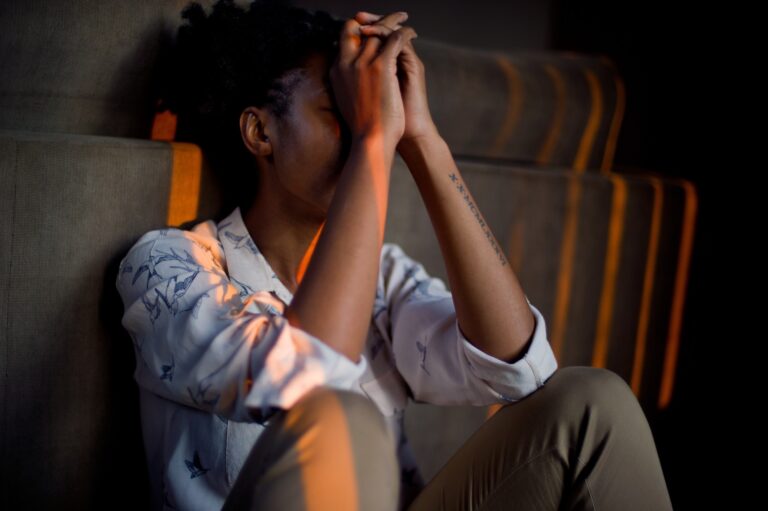The term ‘Trap House’ is a concept that emerged from the Southern American hip-hop community, referring to locations associated with drug dealing. The socio-economic implications of these establishments and the individuals that inhabit them reflect a deeper narrative of systemic discrimination and adversity. As we explore this discussion further, consider how this term, rooted in hardship and resilience, has influenced the broader scope of popular culture and music.
Origins and Evolution of ‘Trap House’
The term ‘Trap House’ has its roots deeply embedded in the socio-cultural fabric of the United States. Its origins and evolution hold significant historical significance, reflecting the changes in urban geography and societal norms over time. The term emerged from the Southern United States, specifically from the Atlanta hip-hop scene in the early 2000s. It was initially used to describe a place where drugs were sold illicitly. The term ‘trap’ referred to the difficult circumstances from which people found it hard to escape, hence the name ‘Trap House’. Its evolution is closely linked with the development of ‘Trap Music’, a sub-genre of hip-hop that originated in Atlanta, Georgia. The music genre encapsulated the realities of life in these areas, often characterized by poverty, crime, and drug use. As trap music gained popularity, so did the term ‘Trap House’.
The physical manifestation of a ‘Trap House’ is also indicative of the urban geography of American cities. They are often found in neglected, impoverished neighborhoods with high crime rates. Consequently, they serve as stark reminders of socio-economic disparities and the impact of urban decay. In recent years, the term ‘Trap House’ has transcended its original definition, becoming a cultural phenomenon and even inspiring art installations and pop-up experiences. Despite its controversial roots, it serves as a historical marker, shedding light on certain facets of American urban life. However, it is essential to recognize that the term’s evolution and usage can vary considerably depending on the context.
Understanding the Cultural Context
In order to fully grasp the significance of the term ‘Trap House’, it is necessary to contemplate its cultural context. The term originates from the southern regions of the United States, particularly Atlanta, Georgia, and is deeply rooted in African American vernacular. It’s a phrase that elicits a range of emotions and interpretations, depending on one’s perspective and experience. The cultural context of a ‘Trap House’ is informed by economic disparities, systemic hurdles, and community dynamics that are unique to certain urban environments. A ‘Trap House’ is often a site of illicit activities, primarily drug dealing, serving as a grim symbol of the socio-economic struggles faced by marginalized communities.
The social implications of the term are vast and complex. On one level, it reflects the harsh realities of life in underprivileged neighborhoods, where limited opportunities and systemic discrimination can trap individuals into cycles of crime and poverty. On another, it signifies resilience and survival, as individuals navigate challenging circumstances. Understanding the community dynamics that give rise to the concept of a ‘Trap House’ is also essential. These environments are often characterized by a lack of resources, limited access to quality education and employment, and high crime rates. The ‘Trap House’, in this context, becomes a microcosm of broader social issues.
Impact on Music and Pop Culture
How has the concept of a ‘Trap House’ influenced music and popular culture? The impact is manifold and multifaceted, pervading various forms of artistic expression, chiefly music, and subsequently, popular culture. Trap music, a subgenre of hip-hop, drew its inspiration from the realities of the urban lifestyle, particularly the experiences and stories from the Trap Houses. The term ‘trap’ was used to describe places where drug deals were conducted, and this raw, gritty backdrop provided the lyrical content for this subgenre. Artists narrated tales of struggle, survival, and ambition, which resonated with many, leading to the rapid rise of trap music.
This genre’s influence extended beyond music. It permeated pop culture, shaping fashion trends, language, and attitudes. The stereotypical ‘trap’ aesthetic – characterized by gold chains, oversized clothing, and certain dialects – became popular, often romanticized and commodified by mainstream media. However, this cultural appropriation has sparked debates. Critics argue that it glorifies a lifestyle fraught with socio-economic challenges and violence, while others see it as a platform for marginalized voices. Despite these debates, the impact of the ‘Trap House’ concept on music and pop culture is undeniable, shaping, reflecting, and sometimes challenging societal norms and attitudes.

Final Thoughts
To sum up, the trap house, a concept born from socio-economic hardship and systemic discrimination, has established a significant cultural footprint. Its influence extends beyond the confines of impoverished urban neighborhoods to the broader spectrum of music and pop culture, particularly through the genre of trap music. The narratives spun from these environments have provided an important, albeit contentious, platform for discourse on societal issues. At Altitude Recovery, we’re here to elevate you from the challenges of substance use to a place of lasting resilience and renewal. Our dedicated team crafts personalized, evidence-based treatment plans, guiding you on a journey uniquely tailored to your needs and goals. To learn more, check out our treatment services including specialized detoxification programs. Reach out for the compassionate support you deserve on your path to wellness by contacting us. Follow us on Facebook for more insights, resources, and stories of hope as we walk alongside you towards recovery.
Frequently Asked Questions
What Are the Legal Implications of Operating a Trap House?
Operating a trap house has serious legal implications due to its association with illegal activities. The legality of a trap house is typically tied to illicit substances, so managing such a place can lead to criminal consequences. These can include drug possession and distribution charges, leading to substantial fines and imprisonment. Moreover, law enforcement agencies often monitor suspected trap houses, increasing the likelihood of detection and prosecution.
Are There Any Signs or Markers That Typically Identify a Trap House?
Identifying a ‘trap house’ can be challenging due to the covert nature of its operations. However, there are certain signs that may hint at its existence. These can include unusual foot traffic at all hours, excessive security measures, frequent visitors with short stay durations, and evidence of drug paraphernalia. It is crucial to acknowledge that these are merely potential indicators and do not confirm the presence of a trap house without further investigation.
How Prevalent Are Trap Houses in Urban Versus Rural Communities?
The prevalence of illicit activities varies considerably between urban and rural communities, largely due to differing urban dynamics and rural isolation. In urban areas, the concentration of population and infrastructure can create environments conducive for such activities. Conversely, rural areas, despite their isolation, are not immune, as this seclusion can provide cover for such operations. Hence, the presence of these activities is a complex issue influenced by numerous socioeconomic and geographical factors.
What Societal Factors Contribute to the Existence of Trap Houses?
Several societal factors contribute to the prevalence of such environments. Primarily, socioeconomic disparities play a significant role, as areas with high poverty rates often witness more of these establishments. The cycle of addiction also fuels their existence, as individuals battling substance abuse frequently utilize such places. Addressing these issues requires extensive solutions ranging from economic initiatives to robust healthcare programs.
What Measures Are Law Enforcement Taking to Combat the Issue of Trap Houses?
Law enforcement agencies are implementing several police strategies to combat the issue of illegal activity locations. Key approaches include heightened surveillance, increased patrols, and aggressive prosecution of offenders. Additionally, they are focusing on community outreach programs to educate the public about the dangers associated with these locations, encourage reporting of suspicious activities, and promote neighborhood revitalization to deter the establishment of such places.




